Did you think Starbucks is just a coffee-selling company?#白宫数字资产报告
Wrong, it has already transformed into a 'quasi-bank' giant controlling billions of dollars in assets, and its methods are so sophisticated that they make Web3 projects pale in comparison.#以太坊十周年
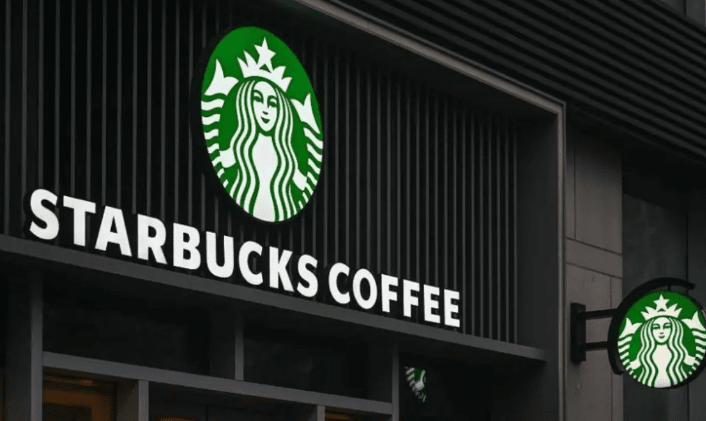
Imagine this: Starbucks has 38,000 stores in 80 countries worldwide,
In the U.S. alone, there are 27.4 million 'Star Club' members,
Every day, more than 31 million users are active in its app,
And they have a staggering $1.6 billion in pre-deposited money!#稳定币热潮
This is not an ordinary coffee shop; it’s simply a cash machine,
Even some banks in South Korea have been left behind by it, which is shocking to hear.#加拿大推出SolanaETF
The CEO of South Korea's third-largest financial group has stated:
‘We can now call Starbucks an unregulated bank, not just a coffee company.’
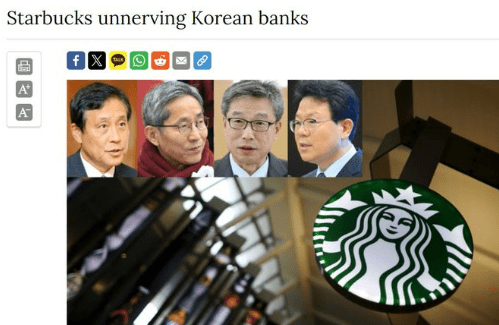
Before understanding how Starbucks became a bank, let's first see what a bank actually is.
Simply put, banks just collect customer money,
then invest this money to make profits, sharing the profits with customers and earning the price difference.
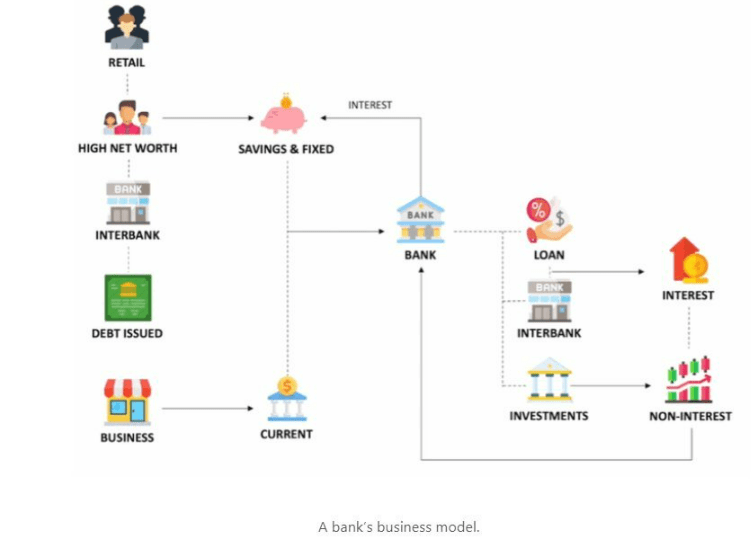
Yet Starbucks has used almost the same strategy, relying on the money pool from member recharges,
accumulating more deposits than many banks.
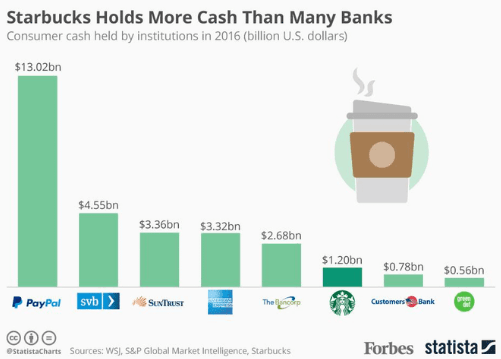
If you are a fan of Starbucks, you can almost be sure that you have downloaded its app,
and even joined its rewards program—but you may not realize that,
they are quietly driving you to spend more money using a set of psychological games,
making you willingly recharge your wallet and continue to consume.

Behind this lies a business model that is 'smarter' than you might imagine,
Today we start with Starbucks' member wallet to deeply analyze this real-world entity that resembles 'DeFi', to see how it silently siphons money from your pockets while making you feel like you 'earned' something!
💰 In 2022, the customer balance held by Starbucks reached $1.6 billion.
Yes, you read that correctly.
In 2022, the pre-deposited balance of Starbucks customers reached $1.6 billion. This figure even surpasses the total amount of customer funds held by 85% of banks in the U.S.!
And this amount of money does not come from any financing, loans, or investments—it entirely comes from users actively recharging the Starbucks app.
No interest
Cannot withdraw freely
Forever lying in the system to be controlled by Starbucks
What is this? Familiar? Does it resemble some on-chain 'staking-liquidity pool' or 'locking mechanism'?
In fact, this design is even more efficient, robust, and addictive than most Web3 projects.
🧠 So how did Starbucks achieve this?
First, we must discuss its deep application of the 'user loyalty program.'
Starbucks is not the first company to do membership points, but it is the first brand in the world to operate the points system as a core 'financial engine.'
The operational logic of the Starbucks app is like a simplified DeFi protocol:
👛 You recharge your balance in the app (stake)
💵 For every $1 spent, you earn 1 star (similar to mining rewards)
🎁 Stars can be exchanged for drinks or food (token utility)
🔒 Money cannot be withdrawn, and the minimum recharge threshold forces you to keep adding funds
📈 Stars create a sense of 'integration pleasure' and 'redemption achievement', making it addictive
Doesn’t this sound very much like:
Crypto wallet + token incentive mechanism + locking structure + achievement NFTs
Even stronger: Starbucks' system has achieved daily active users of ten million, retaining $1.6 billion in assets, without any explosions, no FUD, and still making users line up to recharge, getting addicted to drinking every day.😅
☕ The 'psychological manipulation' behind the star system
Let’s break down the core logic of this 'Star Economics' 👇
Number of Stars
Redeemable rewards
Actual spending amount
100 stars
Free iced coffee/tea
About $100
200 stars
Milk-based drinks
About $200
300 stars
Sandwich/Protein Box
About $300
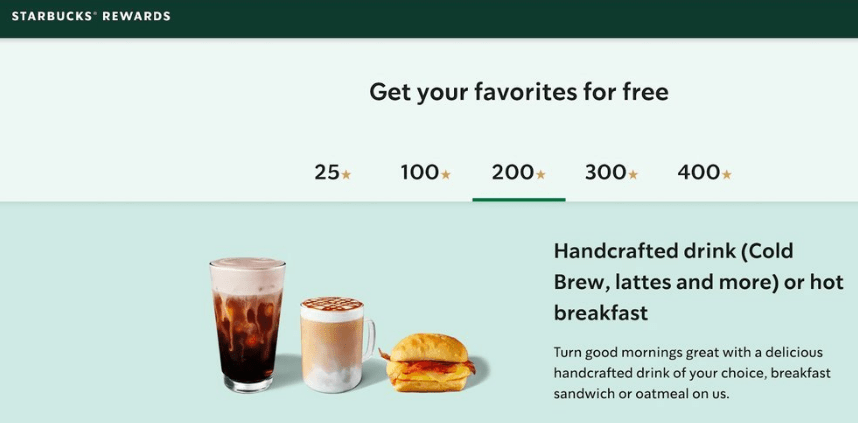
For example:
In California, a latte costs about $5.55. To earn 100 stars (to redeem a cold coffee), you would need to spend about 18 times, which means spending $100+.
You might think you 'earned' a free cold drink, but in reality, you have already paid far more than its value.
It’s like when project teams in Web3 give you some tokens and airdrop some NFTs, but they have already recouped their costs and made a profit from your contributed liquidity, transaction fees, and staking APY.
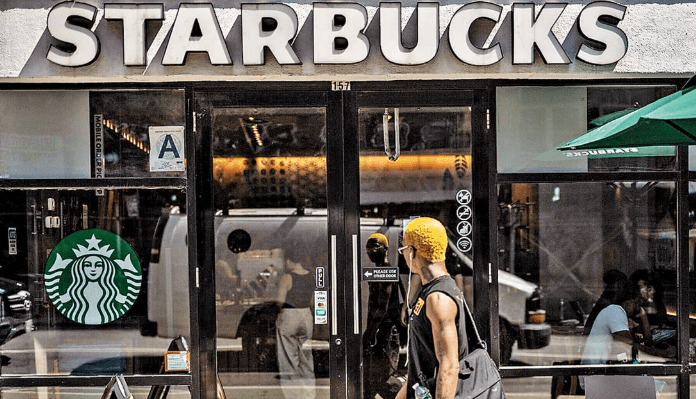
🔁 Money has been spent, yet you still think you 'earned' it!
This is the most impressive part of Starbucks: 'detachment of secondary payment psychology.'
When you first recharge $50 into the Starbucks wallet, at that moment you psychologically default to the notion that 'the money has already been spent.'
And every time you pay with the app in the future, you won’t feel 'pain' like using cash or a credit card, but rather feel:
‘After all, it's money in the wallet, not something just spent today.’
Even more absurd: The app's minimum recharge amount is usually $10 or $5. And the price of coffee is almost always higher than the change you have in your wallet. For example, if you have $4.35 left, you can't buy the next cup, so you have to recharge $5 again.
This is a perfect 'locking cycle.'
Ultimately, a portion of your money is always locked in the Starbucks system, forming a continuously growing 'sunk capital pool.'
📉 Did you think you could withdraw your money? Reality is harsher than you imagine.
Due to different state laws, most Starbucks wallet balances cannot be withdrawn.
In California, you can only withdraw a maximum of $9.99
In Oregon, a maximum of $4.99
And in other states or countries?
Basically, it’s a closed system: money can go in, but not out.

Users themselves may not even realize they have entered the 'prepaid trap.' A netizen posted a video stating that he found that the balance in his account couldn't be used or refunded, which was essentially giving Starbucks the cost of a coffee for free.
📊 What does Starbucks do with this $1.6 billion?
Did you think this huge fund is just 'dead money' deposited in the system?
No, no, no, it is Starbucks' 'strategic bullet'!
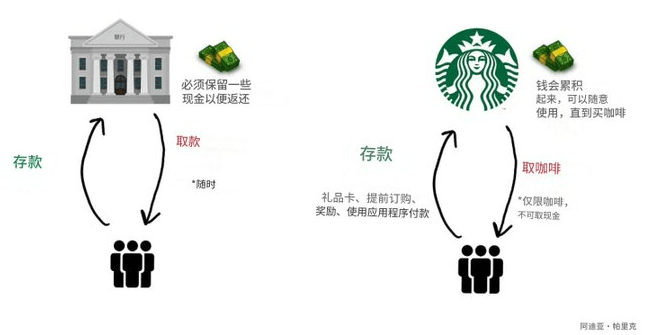
Starbucks will use this money to:
🚀 Advance procurement of raw materials: lock in prices, hedge costs
🏬 Open new stores: expand the market, quickly replicate the profit model
📦 Optimize inventory allocation: enhance supply chain efficiency
📊 Enrich the balance sheet on financial statements: make the capital market love it more
And all these operations—in the banking field, are regulated; but for non-financial institutions like Starbucks, they are completely free!
✅ Not subject to deposit regulations
✅ No need to give you interest
✅ Also does not need to provide complete withdrawal services
✅ Fully controls the flow and usage direction of funds
This is simply the state that crypto project teams dream of!
💸 'Balances that will never be used up': Breakage = Free profit!
There’s another cleverly utilized variable in the Starbucks account: breakage.
This refers to the change that users will never use up—like $0.73, $1.24, etc.
According to financial disclosures, this part of 'inactive balance' exceeds $150 million, meaning:
Starbucks has legally acquired cash that you have never spent but cannot withdraw.
And this part is directly counted into profits, becoming a 'hidden gold mine' on its financial statements.

Do crypto projects also have similar scenarios? Of course they do!
Wallets with lost private keys
Permanently locked staking pools
Invalid airdrop addresses
Unclaimed NFT minting addresses
This kind of 'on-chain breakage' is often silently 'recruited' by project teams, becoming the deflationary logic of tokens or long-term reserves for the team.
🧊 The 'inspiration' of Web3: Want to run a Web3 project? First learn from Starbucks!
While many Web3 project teams are racking their brains to design token models, point systems, and airdrop tasks, Starbucks has already achieved it with a set of 'Web2 centralized models.'
Super stable TVL (user wallet balance)
High-frequency trading and fund circulation (app consumption)
Token incentive behavior (star rewards)
Project teams fully control the asset usage rights (user funds)
Sense of achievement inducement + positive feedback loop of user behavior (Star Sharing System)
We can't help but ask:
Who is really playing fintech? Who is playing token economics?🤔
🔗 Starbucks is actually also entering the blockchain and Web3 world!
Did you think it only existed in Web2? In fact, Starbucks has long since set its sights on the crypto world!
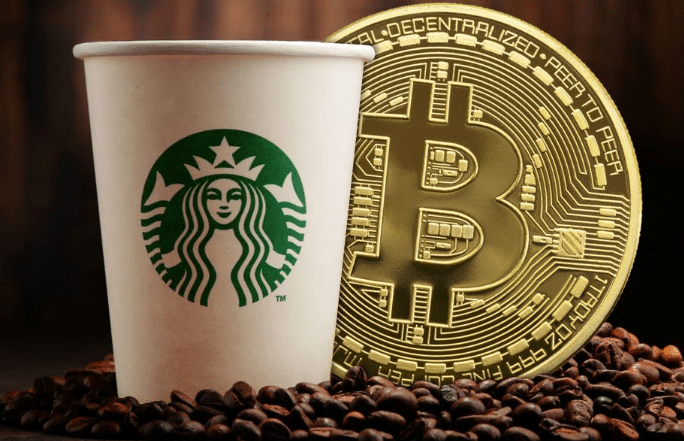
✅ Collaborated with Bakkt to experiment with Bitcoin payments (2019)
Users can use the Bakkt wallet to pay for coffee with BTC. Although it doesn't directly support on-chain transactions, it is already one of the first traditional brands to 'embrace the crypto world.'
✅ Starbucks Odyssey - NFT loyalty system (2022)
Developed on the Polygon chain;
Users can unlock NFTs after completing tasks (learning coffee culture, visiting stores, etc.);
These NFTs can be exchanged for unique benefits, such as: rare drinks, tickets to offline events, membership upgrades, etc.
This is not GameFi, but it plays better than most GameFi.
🧱 What if Starbucks were completely on-chain?
Imagine a future where Starbucks becomes a completely decentralized protocol, what would happen?
$BEAN Token: can be staked, exchanged for drinks, and participate in DAO governance;
Star NFTs: scarce membership achievement NFTs that can be traded;
Task system: on-chain behavior tasks, complete check-ins to unlock rewards;
Wallet balance staking to earn interest: non-consumption balances are automatically placed into a savings pool;
Store DAO: new products or promotions decided by token holders voting;
Cross-brand point exchange: points exchangeable with brands like Nike, Shopify, etc.;
Who knows, one day when you go to buy coffee, the app might remind you:
‘Use your $BEAN to offset this coffee expense, and you can also unlock limited edition NFTs ☕️’
This day may come sooner than you think.
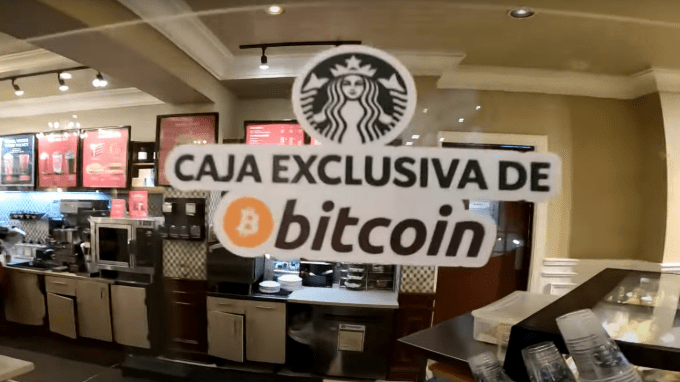
📌 Summary: Is Starbucks the closest thing to a 'decentralized bank' in reality?
We often hear various concepts in the crypto world:
Decentralized bank (DeBank)
Staking equals rights (Stake-to-Earn)
Behavioral economic model
NFT loyalty
On-chain points system
Project teams flexibly allocate funds
But the real world’s most complete implementation of this entire logic is surprisingly a coffee-selling company.
It doesn’t issue tokens, doesn’t airdrop, doesn’t do KOL rankings, yet possesses:
High-frequency daily activity
Super high asset retention
Strong user loyalty
100% flexible use of funds
No FUD, no regulatory intervention
Isn’t this the 'ideal state' in the crypto world?
💬 Finally: You recharge for coffee, but they harvest financial freedom.
The next time you open the Starbucks app to recharge $50—
Don’t forget, you are actually participating in a brilliantly crafted 'decentralized finance experiment' without tokens.
You just haven't realized it yet.
The crypto world changes quickly, opportunities and risks coexist. Learn to enter and exit strategically, protect your principal, and only then can you move forward steadily, reaping wealth and growth.✍️
Remember to DYOR, manage your risks, and I wish everyone smooth sailing in the crypto world!🌊
Like and share, follow me, and I’ll help you interpret more developments in the crypto world! Let's keep going!